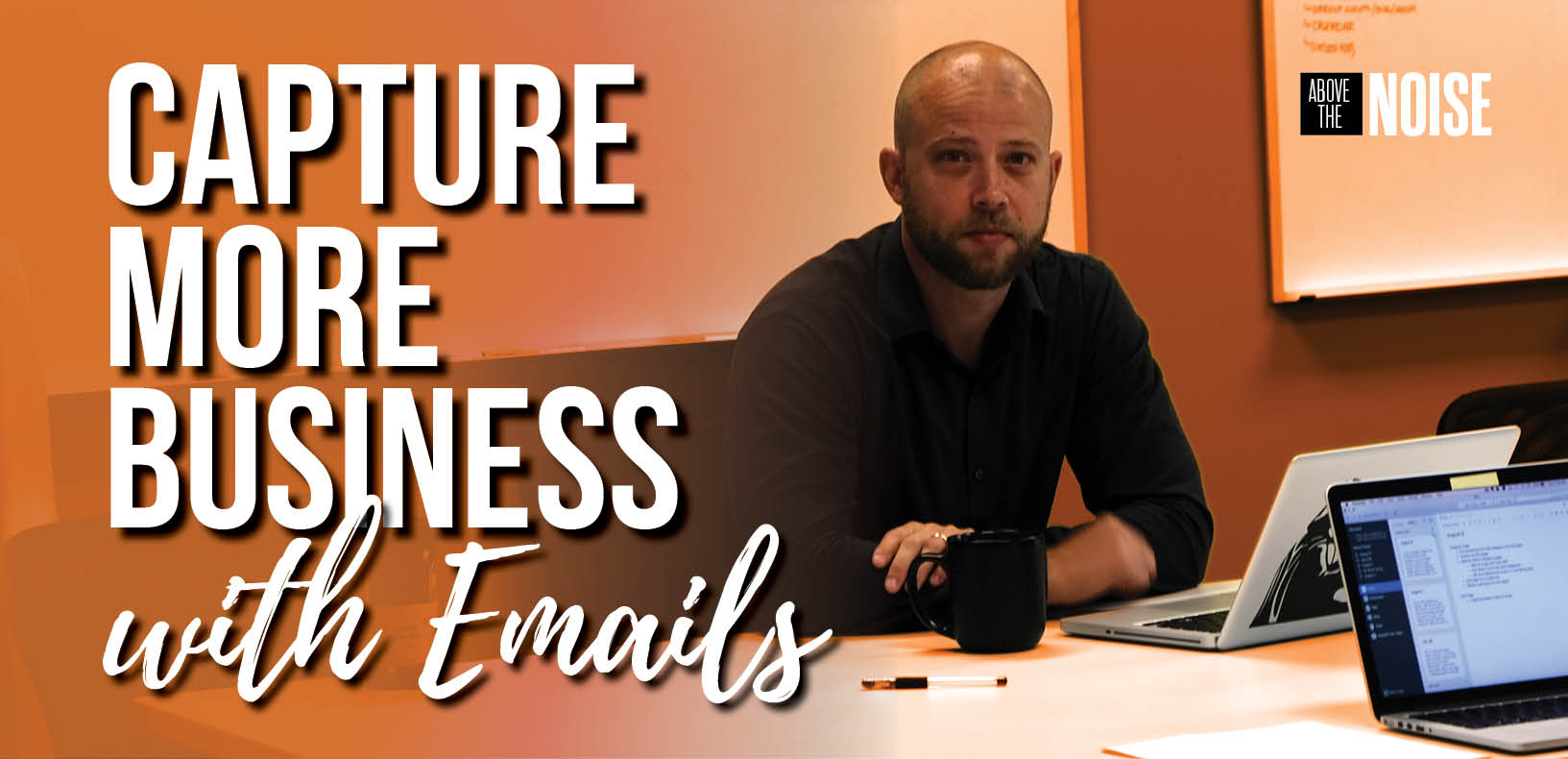It’s safe to say that sales email marketing is essential to your business. More than likely you’re sending multiple messages a day to both prospects and clients. And like many, you’re left wondering why you’re not getting replies. While subject lines and etiquette are both important, they aren’t the primary reasons why you’re getting outwardly ignored.
They’re too salesy
Yes, you’ve probably heard this before, but it’s the main reason why you aren’t getting the response you want. People can sniff out a sales pitch within seconds of opening an email. Put yourself in your readers’ shoes—would you respond to an email that is desperate or pushy? Probably not. Avoid falling into this common trap by thinking about who you’re reaching out to. If it’s a current client, try to touch on something personal that you’ve previously discussed. Although you probably won’t have something of that nature to bring up with a prospect, keep the tone conversational and avoid sounding like you’re pressuring them.
They’re too long
Inboxes can be inundated with hundreds of emails a day. MarketingProfs reports that every year, readers are spending less time with each email they open, with 30% perusing for less than two seconds! You can’t expect your recipients to respond, let alone read, if your email is too long. So what should the length be? Studies show that emails with 50-125 words garner response rates above 50%. To cut down the length, determine the key takeaway from the email. Also incorporate bullet points to reduce long sentences.
They don’t provide anything of value
A list of your product’s features is nice, but is it really what a recipient will want to read? Not particularly. Instead of the features, focus on the benefits. Pinpointing how your product can help and ultimately change their lives will entice them to continue reading. Include numerical figures that can back up the benefits; hard data will help the prospect envision how purchasing from you will affect their bottom line. You can even link to strong case studies and testimonials that include quantifiable stats.
Email marketing isn’t a lost cause. Ensuring that your emails don’t include any of the above common mistakes will help you avoid being ignored and fill your inbox with the right type of responses.



















